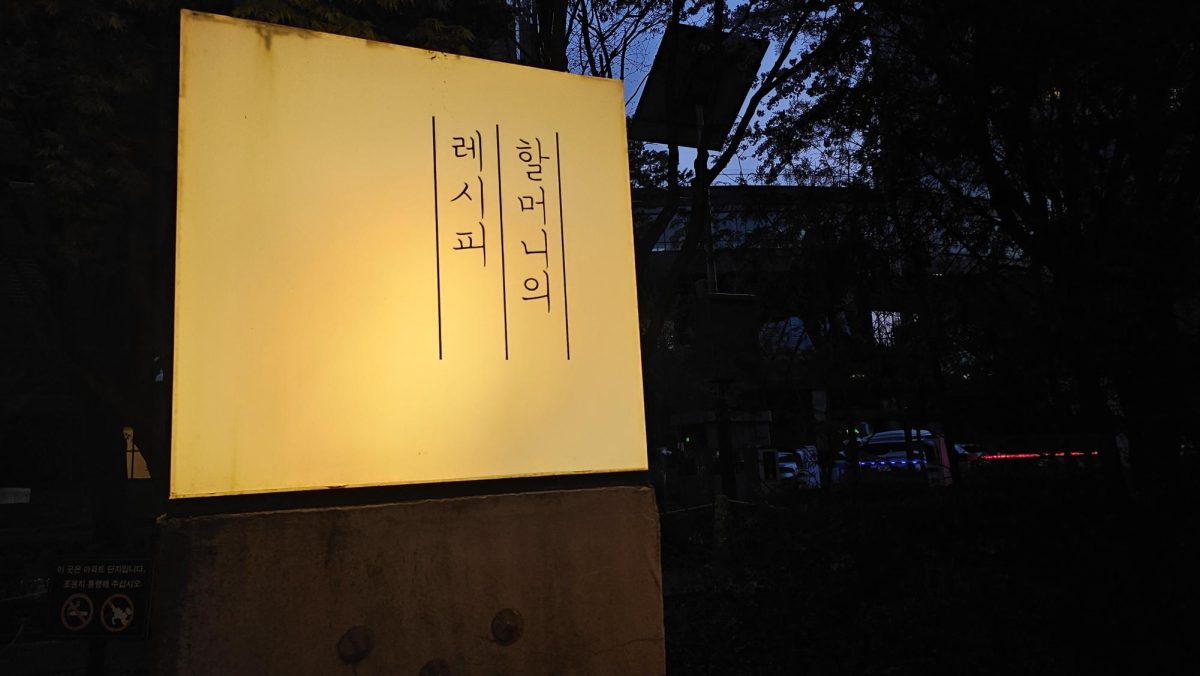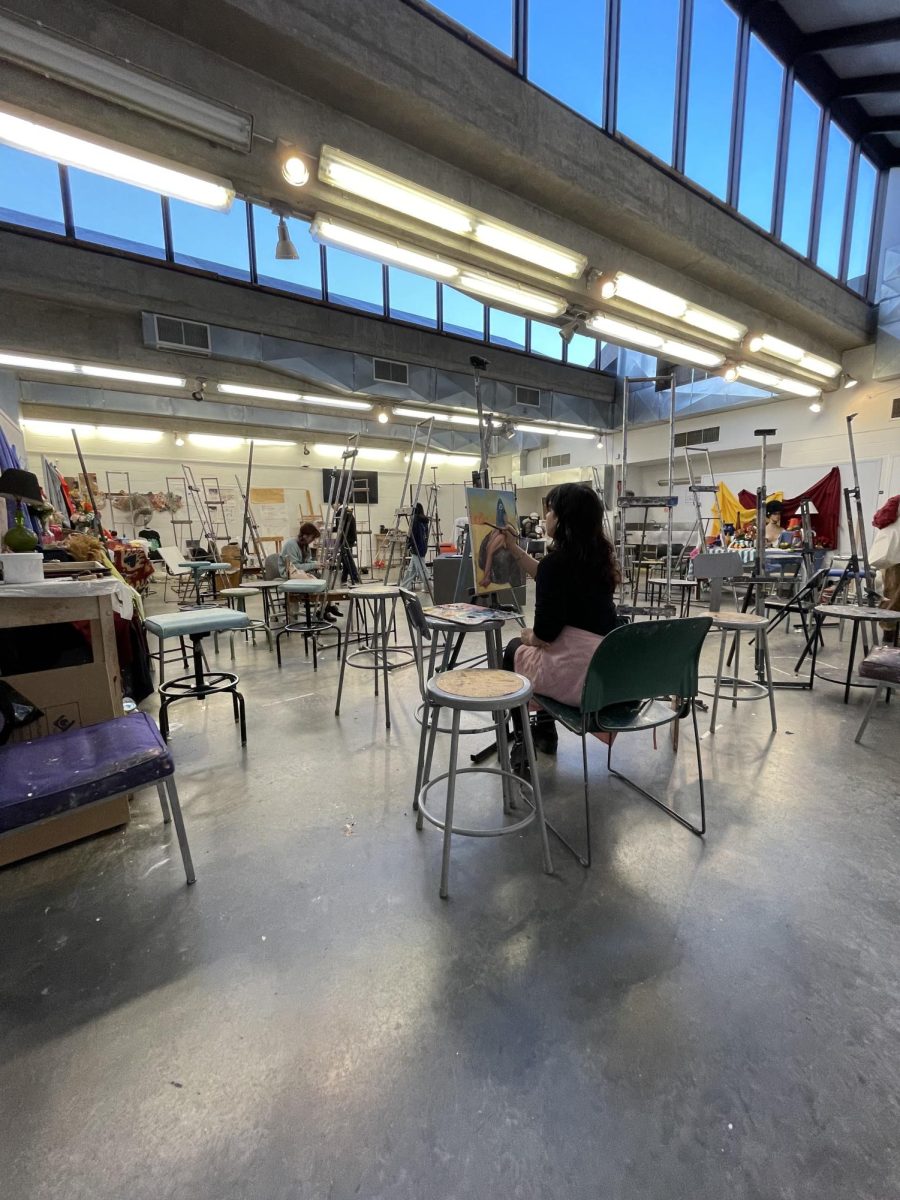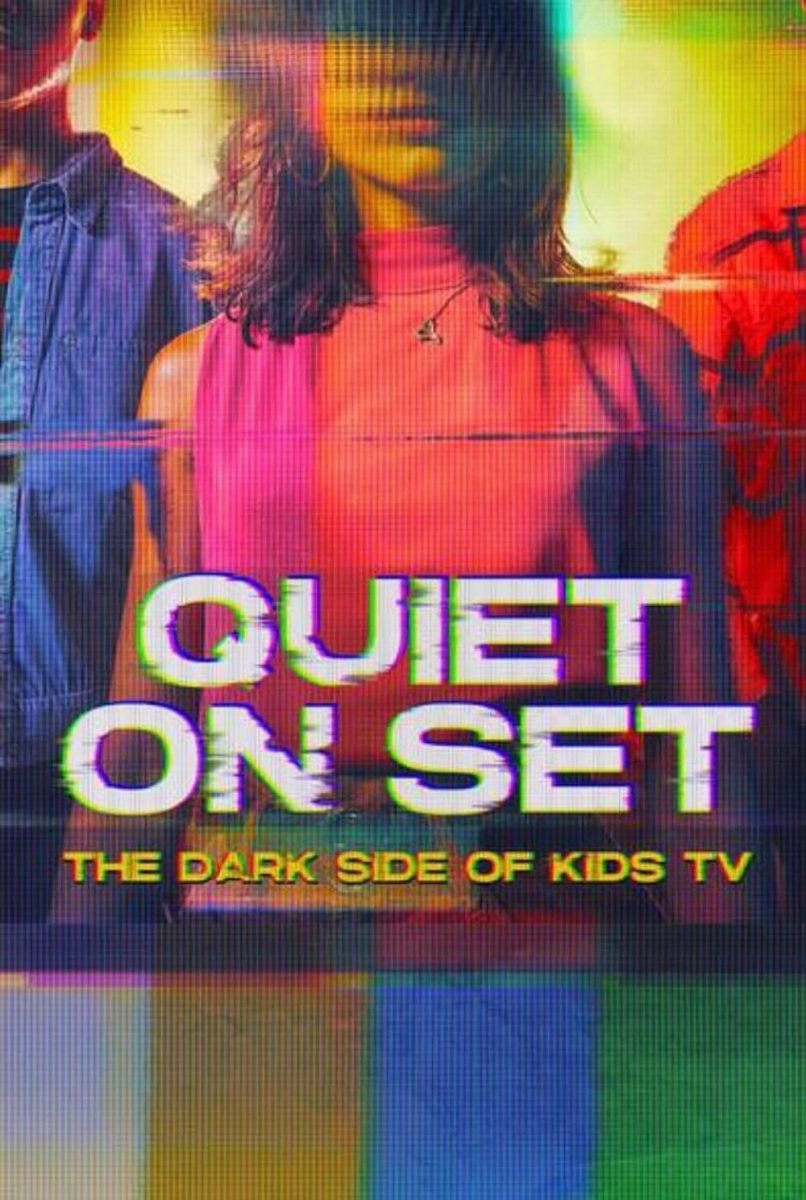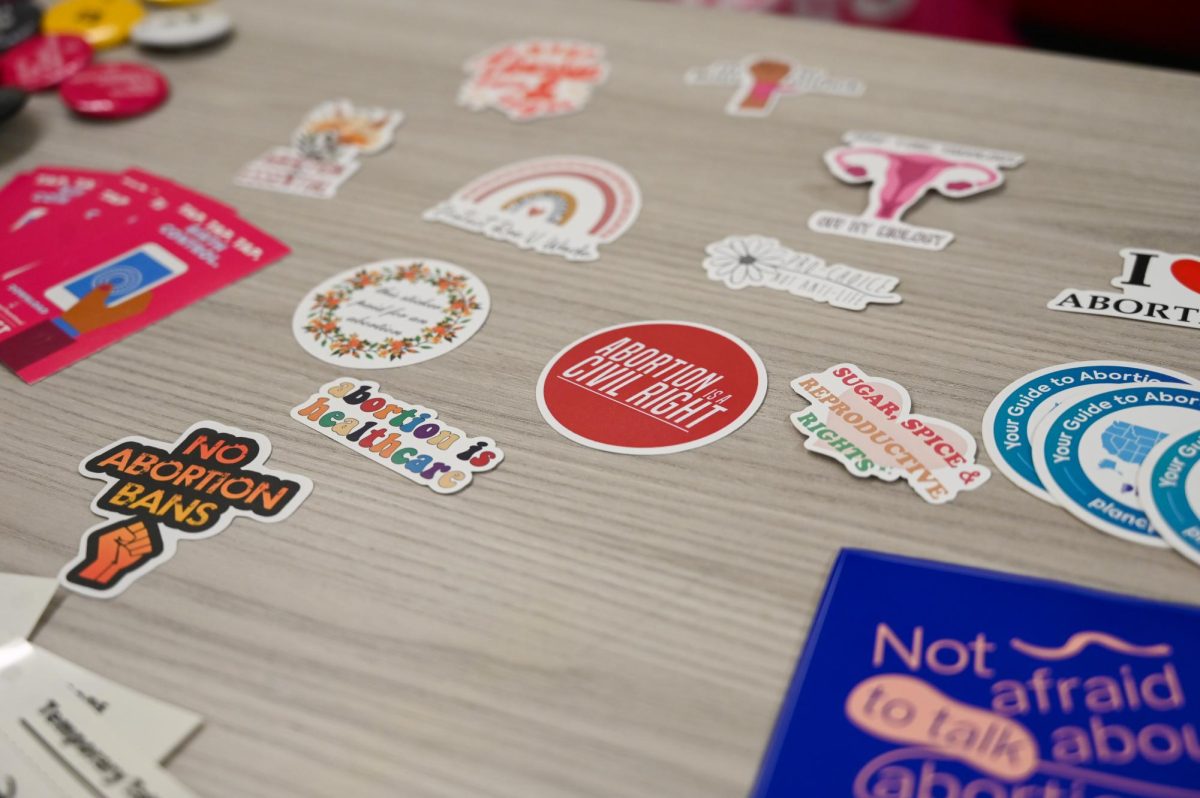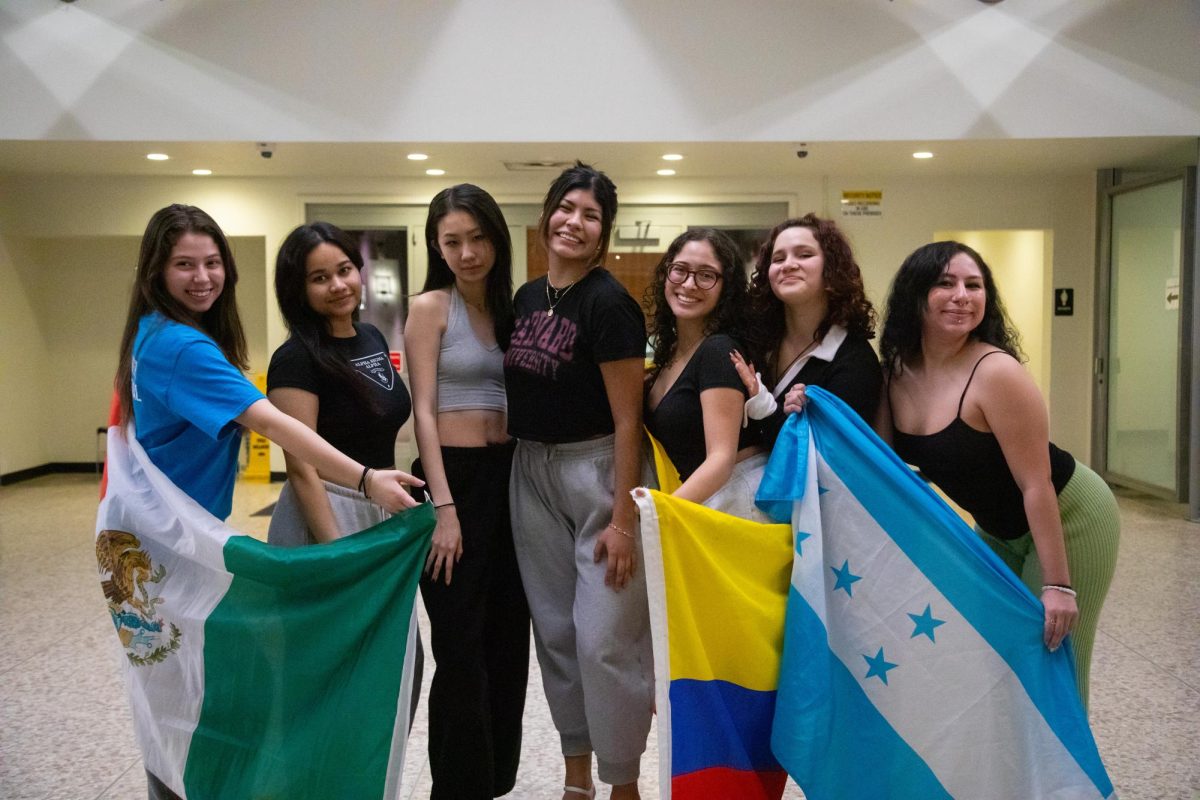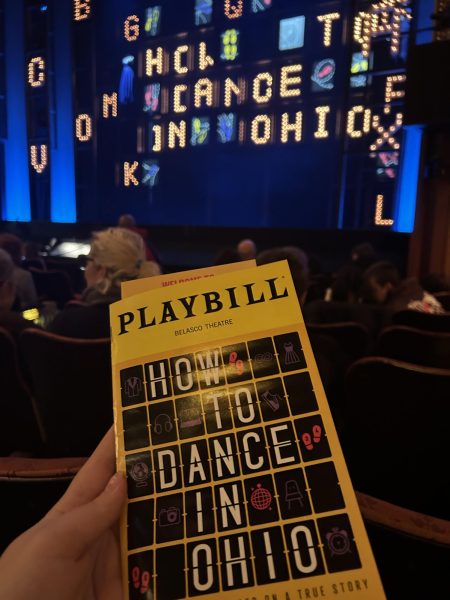
The roar of applause embraces me as fresh tears stain my already damp cheeks. Everyone stands to praise the actors who have brought unprecedented representation of autism to Broadway. On Feb. 8, Stony Brook University’s Student Accessibility Support Center (SASC) organized a trip for students who utilize SASC’s resources to attend one of the last showings of the captivating Broadway musical “How to Dance in Ohio,” which features seven main characters with autism.
SASC offers a variety of services designed to meet the needs of the University’s students with disabilities. Their goal is to “help enable students with disabilities to develop their academic potential, by making their academic experience accessible.” A crucial aspect of their mission is to empower students with disabilities to achieve a “high level of autonomy at Stony Brook and far beyond.” Aside from arranging for accommodations, SASC offers events both on and off campus, including bringing SASC students wellness fairs, sensory spaces and together to enjoy a Broadway performance.
“How to Dance in Ohio” is a beautiful coming-of-age story about seven autistic young adults — Remy, Caroline, Marideth, Drew, Tommy, Jessica and Mel — and their families as they attempt to find their own voices in a severely ableist world. Set in Columbus, Ohio, the main characters attend group therapy at a center called Amigo Family Counseling. To navigate life changes such as claiming one’s power, cultivating meaningful relationships and more, Dr. Emilio Amigo came up with the idea of an Amigo Family Counseling spring formal dance — with some setbacks.
The musical, “based on Alexandra Shiva’s Peabody Award-winning documentary film about the real experiences of autistic young adults,” is infused with refreshing originality, joyful humor, heartbreaking relatability and uplifting themes.
The representation within this musical is a powerful vessel for growth in diversity. Not only are there multiple autistic and disabled characters, but the cast is diverse in its inclusion of various races, genders and sexual identities.
However, as the musical concedes in its website’s Perspective Statement, autism and neurodivergence are multifaceted and cannot be represented in totality by a limited number of characters. They aim to “bring this musical and these seven characters to our audience not as a representation of all neurodiversity, but from the perspective that this show aims to start a broader conversation regarding autism, disability, and inclusion in the commercial theater industry.”
“How to Dance in Ohio” explores important subjects such as ableism, offering second chances, forgiveness and risks and their consequences, among many others. The performers’ emotional portrayals of each character felt raw and tangible, creating an immersive experience for the audience. The songs “Under Control” and “Building Momentum” elicit an emotionality that is pertinent to the musical’s central themes.
The music was not the only exceptional thing about “How to Dance in Ohio.” The Belasco Theatre’s intentional dedication to accessibility was refreshing. As indicated on their website, the venue is a “certified sensory inclusive venue” by KultureCity, the nation’s leading nonprofit organization that specializes in sensory accessibility programs that strive to create safe spaces in all beloved places.
The venue provides a map in each program to sensory cool-down spaces if audience members need room to breathe or move during the show. The vending booths selling merchandise offer lendable fidget toys, noise-canceling headphones, sunglasses and a printable sensory audio and visual guide that identifies sensory stimuli that audience members can expect during the show.
But the resources don’t stop there, as the venue also offers disability language style guides, access to the Autistic Self Advocacy Network and the Careers in the Arts Toolkit: National Endowment on the Arts and Art Beyond Sight.
The “How to Dance in Ohio” venue is a quintessential example of how to successfully implement accessibility resources within an institution. The two cool-down spaces parallel SASC’s sensory room in the Stony Brook Union. The theater constructed not one but two sensory rooms in a building with a mere capacity of 1,016, while the University, for example, has a population of 25,865 students for the fall 2023 semester.
Considering this ratio, implementing sensory rooms or cool-down spaces in each academic building would be a significant step toward increasing accessibility within the University’s campus for students with different sensory needs.
Similar to the way that the theater loaned sensory items like fidget toys to audience members, if a disability-friendly system was implemented in the highly-trafficked Frank Melville Jr. Memorial Library, it would also serve to build a more inclusive campus. The system might involve offering resources, services or accommodations to meet users’ needs; it could include various initiatives to ensure it’s a welcoming and diverse space.
Students are already able to borrow Expo Markers at the front desks of the library’s Central and North Reading Rooms, so it makes sense that fidget toys, noise-canceling headphones or sunglasses could also be borrowed for allotted periods of time so that students with sensory disabilities can focus during their library study sessions.
I was incredibly fortunate to experience “How to Dance in Ohio” as one of many wonderful SASC events. It was an extraordinary opportunity to bond with other SASC students, obtain thoughtful insights into the accessibility of Stony Brook campus and experience media that represented neurodivergence in such a productive and entertaining way.
I looked to the audience and witnessed my peers smile as they watched change happen — people with disabilities were being represented in a positive light. “How to Dance in Ohio” is a musical that needs to be seen by everyone. It changed my life, and I know it can change yours, too.
The “How to Dance in Ohio” Broadway runtime officially ended on Feb. 11, and began on Dec. 10, 2023. A documentary film is available for viewing.











